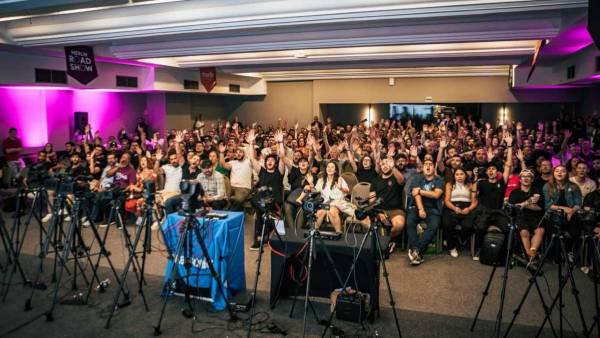Chile. In the last ten years we see progressive changes in television audiences. Older people are the largest audience group in free-to-air TV with a growth of 44.5% between 2011 and 2021. Meanwhile, children and adolescents have lowered their viewing by 51.3% and 57% respectively, in the last decade, according to the Yearbook of Supply and Consumption 2021 of the National Television Council (CNTV).
The average daily consumption time in 2021 reached 5 hours and 53 minutes. The viewing time of free-to-air TV reached 4 hours 18 minutes and that of pay TV to 3 hours 41 minutes average daily per person.
From Monday to Friday, between 6 a.m. and midnight, 91% of television consumption is concentrated in news (25.1%), telenovelas (22.6%), conversation (16.8%), matinees (15%) and miscellaneous (11.3%).
In relation to consumption by television genre, there is an increase in the consumption of news. "Between 2019 and 2021 the total time in front of the TV increases by 25 minutes on average, highlighting the increase in the viewing of newsreels, which in the last 2 years has increased by 20.3%. If in 2019 an average of 33 minutes of newscasts were consumed, in 2021 it increased to an average of 40 minutes per person," said cnTV president Carolina Cuevas.
Children and adolescents are mainly large consumers of pay TV. When they consume free-to-air TV, they see programs very similar to those seen by their parents or the rest of the family.
Children between 4 and 12 years old have decreased their presence as free-to-air TV viewers by 51.3%, adolescents by 57%, while young people between 18 and 24 years old by 45.7% between 2011 and 2021. The latter sporadically return to the screen to witness specific events such as the Viña del Mar Festival, the Electoral Strip, sporting events, among others.
Consolidation of news on TV
The news is again the genre with the greatest presence on the screen with 21.6% of the television offer. During 2020, the pandemic was a central factor in the consolidation of this trend, given the extension of the daytime newscasts, the midday newsreels and the new informative offer on weekends.
Miscellaneous programs, including morning programs, had the second largest screen presence, with 21.5%.
The report shows a homogeneity of television content from Monday to Friday. 40% of its offer are two types of programs, with approximately the same content and structures: News and Matinales.





























Leave your comment